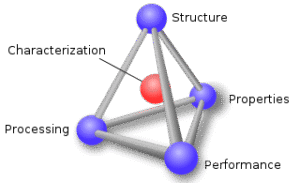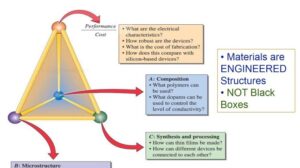Back to: MICROBIOLOGY 100 LEVEL
Welcome to class!
Hey there, science star! I’m glad you’re here again—ready to learn and grow. Today, we’re focusing on a topic that gives us a closer look at how microorganisms are built and how they behave. We’ll be talking about the Structure and Properties of Microorganisms. Think of this as understanding both the “body parts” of these tiny organisms and what makes them act the way they do.
Structure And Properties
Structure of Microorganisms
Microorganisms are not all the same—they belong to different groups like bacteria, viruses, fungi, and protozoa—and each has unique structures. Let’s break it down:
1. Bacteria
Cell Wall: Protects the bacterium and gives it shape. In many bacteria, this wall contains peptidoglycan.

Cell Membrane: Lies under the cell wall and controls what enters and leaves the cell.
Cytoplasm: Jelly-like fluid inside the cell where all the activities happen.
Ribosomes: Tiny factories inside the cell that make proteins.
Nucleoid: A region where the bacterial DNA is found (no true nucleus).
Flagella: Long tail-like structures used for movement.
Pili: Hair-like structures for attachment.
Capsule: A slimy layer around some bacteria that helps protect them.
2. Viruses
Genetic Material: Either DNA or RNA—not both.
Capsid: A protein coat that protects the genetic material.
Envelope (in some viruses): A covering made from the host’s cell membrane.
Viruses are very simple and cannot live or reproduce without a host.
3. Fungi
Yeasts are single-celled, while moulds have many cells forming long filaments called hyphae.
Their cells have a nucleus, cell wall (made of chitin), cytoplasm, and organelles like mitochondria.
Fungi are eukaryotic, meaning they have complex cells.
4. Protozoa
These are single-celled eukaryotes with a true nucleus, cytoplasm, and sometimes cilia or flagella to help them move.
Properties of Microorganisms
Each microorganism group behaves differently, but they share some general features:
Microscopic Size: You can’t see them without a microscope.
High Reproduction Rate: Especially bacteria and viruses—some can double every 20 minutes!
Diversity: Found in water, soil, air, and inside living things.
Pathogenic or Beneficial: Some cause diseases, while others help in digestion, food production, and medicine.
Metabolism: They carry out life processes like energy production, but viruses don’t—they need a host.
Adaptability: Some can survive extreme heat, cold, acidity, or dryness. Archaea, for example, can live in hot springs or salty lakes.

Think of bacteria like self-contained rooms—they have everything inside to live, grow, and multiply. Viruses are like USB drives—they carry information but need a computer (host cell) to work. Fungi are like complex buildings, while protozoa are like smart single-room apartments with all the features.
Summary
- Microorganisms have different structures based on their group—bacteria, viruses, fungi, protozoa.
- Bacteria have cell walls, cytoplasm, and DNA but no nucleus.
- Viruses have genetic material and a protein coat but can’t live alone.
- Fungi and protozoa are more complex and have organelles.
- Microorganisms are tiny, reproduce quickly, adapt well, and can be helpful or harmful.
Evaluation
- What part of the bacterial cell controls what enters and leaves?
- Name one structure found in fungi but not in bacteria.
- Why can’t viruses reproduce on their own?
- What do we call the region where bacterial DNA is found?
- Give two general properties of microorganisms.
Understanding the structure and behaviour of microorganisms gives you the tools to study and work with them wisely. Keep showing up, asking questions, and building your knowledge. Remember—Afrilearn believes in you, and the world of science is yours to conquer!
